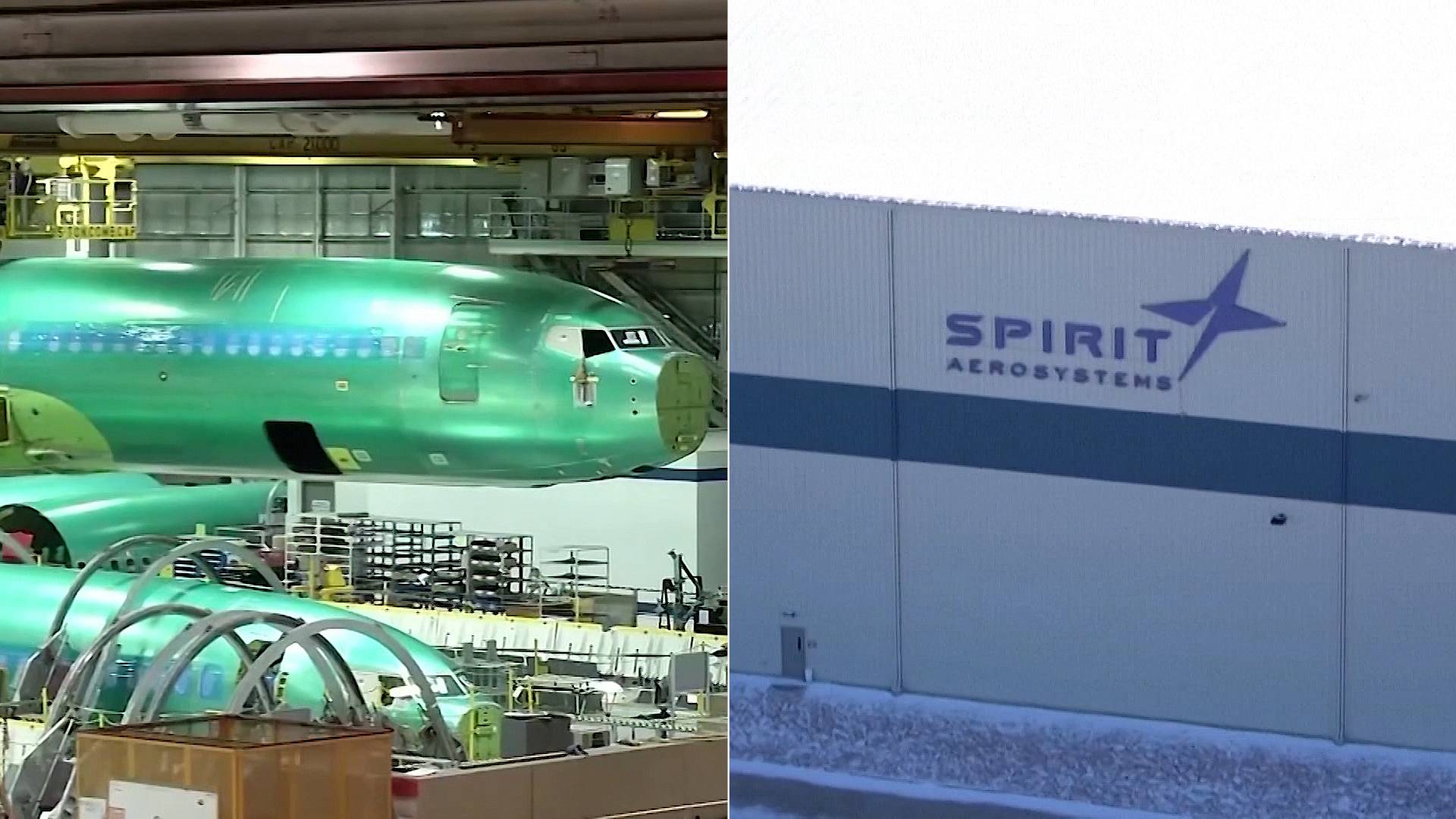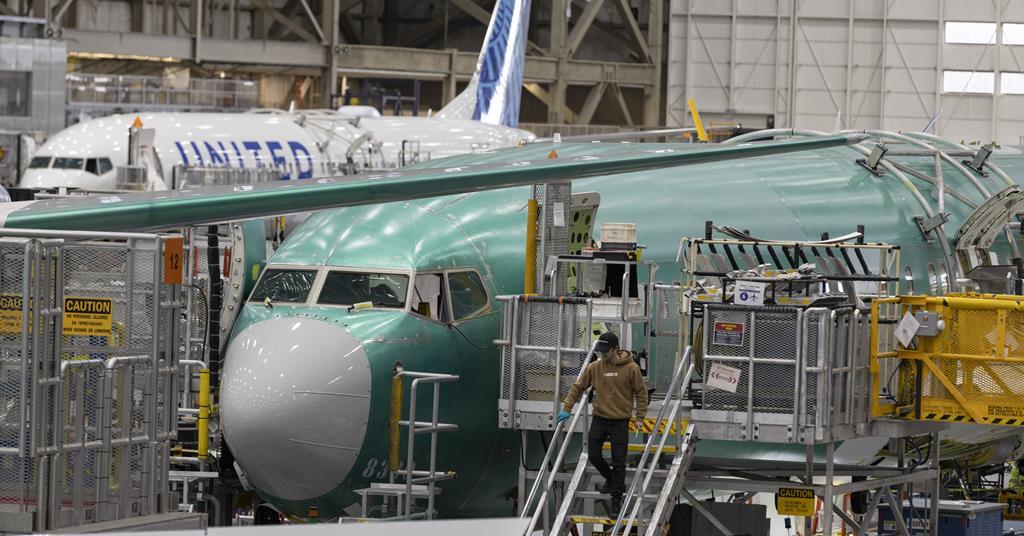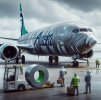Sounds like the maintenance folks chased the altitude pressurization control unit for issues rather than asking what was causing it to report an error in the first place.
As a current 737 pilot, I'd don't see how the door-plug issue could have caused the pressurization controller squawks.
The 737 has two automatic pressurization controls plus the ability for the pressurization (outflow value) to be controlled manually by the pilots. The active controller alternates on each subsequent leg so that they are each primary for half of the airplane's flights.
The indication that the incident airplane had was the yellow "AUTO FAIL" light and, from the context in which it has been described, the green "ALTN" light. The combination of these two lights indicates that the primary controller has failed and the alternate controller has taken over and is working properly. If both controllers fail, you'll get the "AUTO FAIL" light WITHOUT the "ALTN" light and you'll have to revert to the manual process.
In each case, as reported by the NTSB, the alternate controller worked as designed for the remaining of the flights.
I really don't see how a loose door-plug would cause an "AUTO FAIL" condition as it would have to be leaking a significant amount of air--so much so that the airplane's outflow value would be unable to maintain pressurization. In such a case, neither controller would be able to work, nor would the manual process, and the flight would divert due to a loss of pressurization. That didn't happen. Additionally, having that much air leaking from the door-plug would have been quite loud and would not have gone unnoticed by nearby passengers and flight attendants. There have been no reports of such a noise.
When you have a foreseeable write-up, i.e. a known failure condition, the mechanics follow a troubleshooting procedure from the aircraft maintenance manual (AMM). That leads them through a process designed to determine what has caused the problem and then instructs them on how to fix it. Once the fix is applied, the system is tested. If the test fails, the troubleshooting procedure continues to additional steps.
Sometimes the ground tests pass but the problem reoccurs on a later flight. The problem appears to be fixed, but it quickly returns. That is what happened to the accident airplane and is why repeat write-ups will result in removal of the airplane's ETOPS status.
The mechanics aren't left on their own to troubleshoot the problem. There are established procedures which lead them through a logical progression to isolate the problem and identify needed repair. Problems often aren't binary in that the bad component is not working 100% of the time. This can lead to problems in the troubleshooting process as everything might work normally during troubleshooting and testing but then fail again later. This is why you sometimes end up with repeat write-ups. At this point, there is nothing to indicate that the mechanics did anything wrong in their attempts to address the "AUTO FAIL" discrepancy.
We will have to wait for more information before we'll know if the "AUTO FAIL" lights had any relationship to the loose door-plug.





